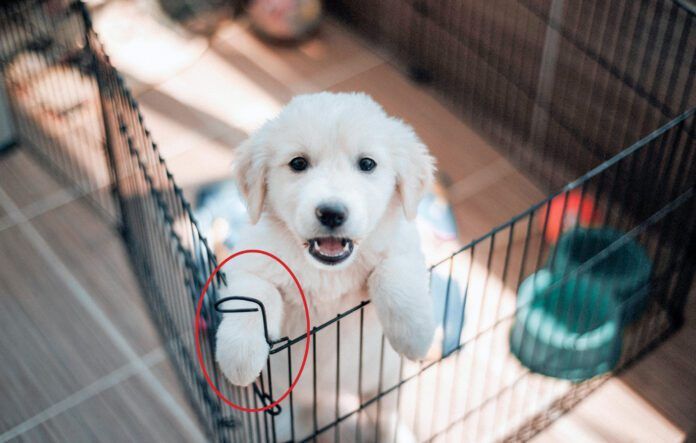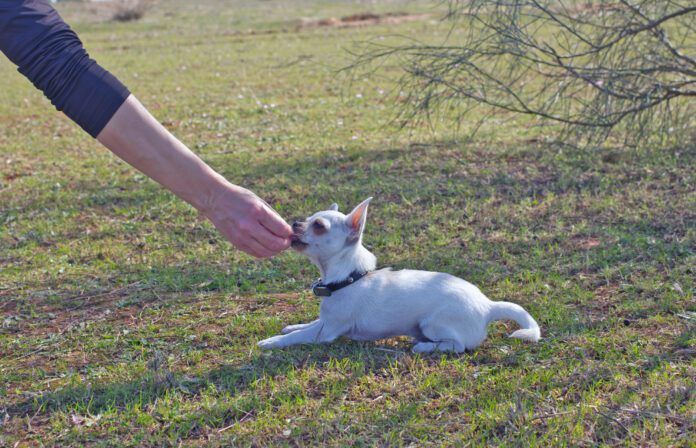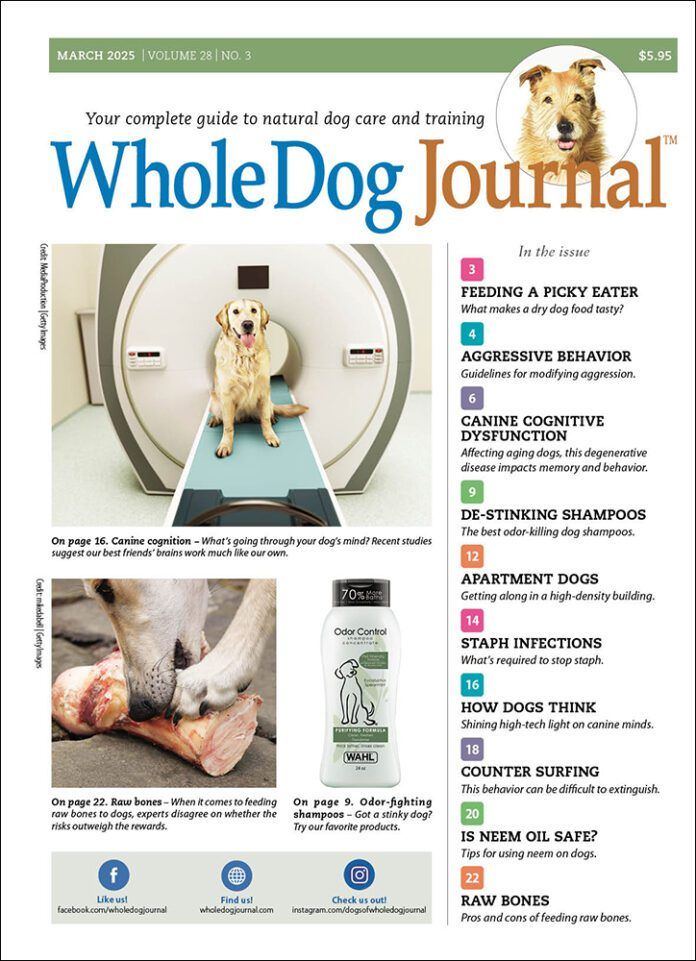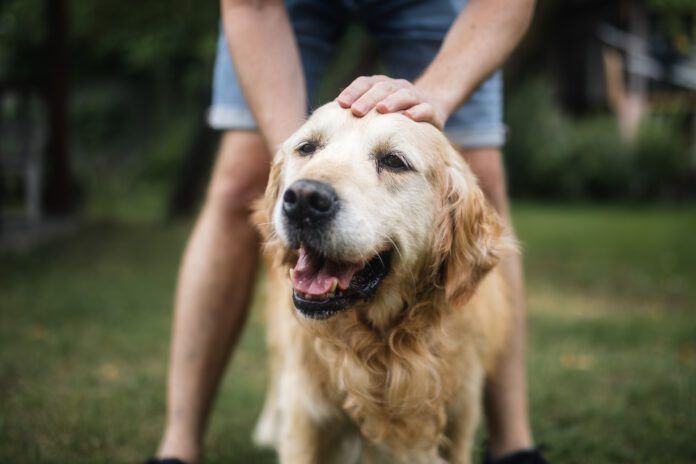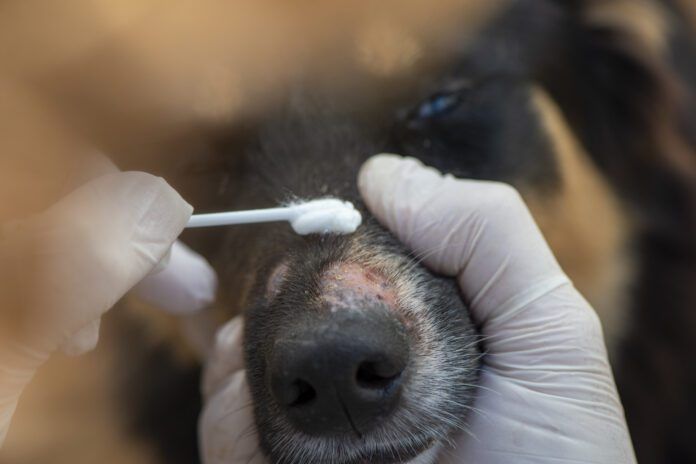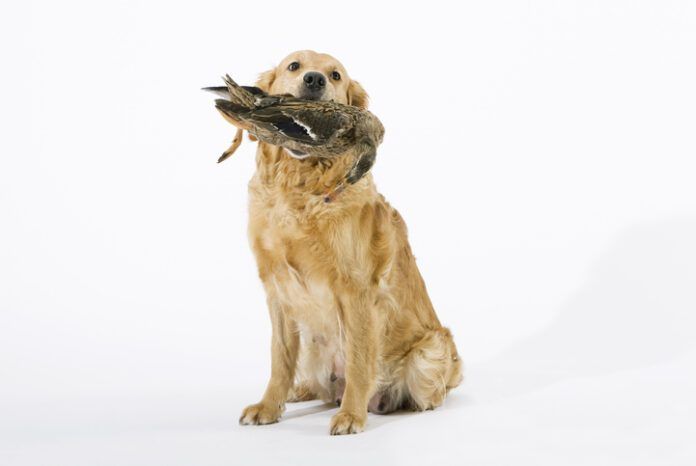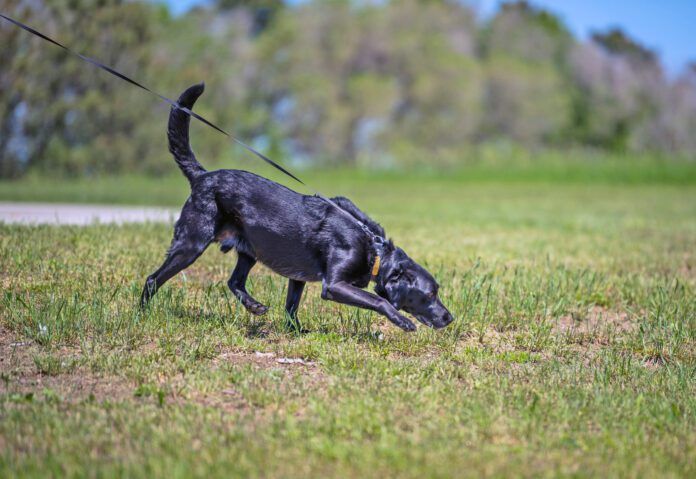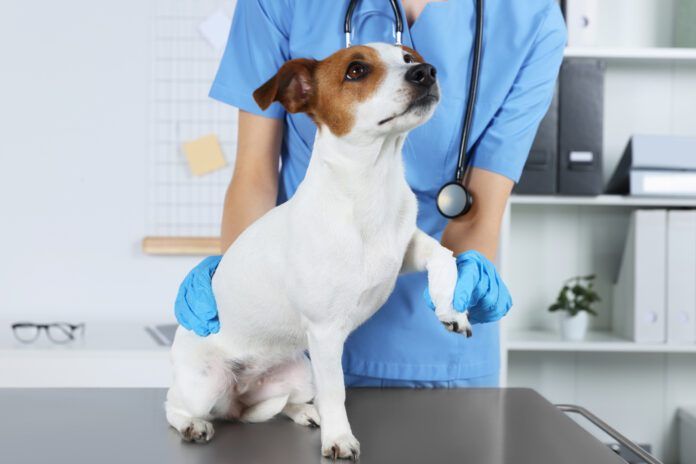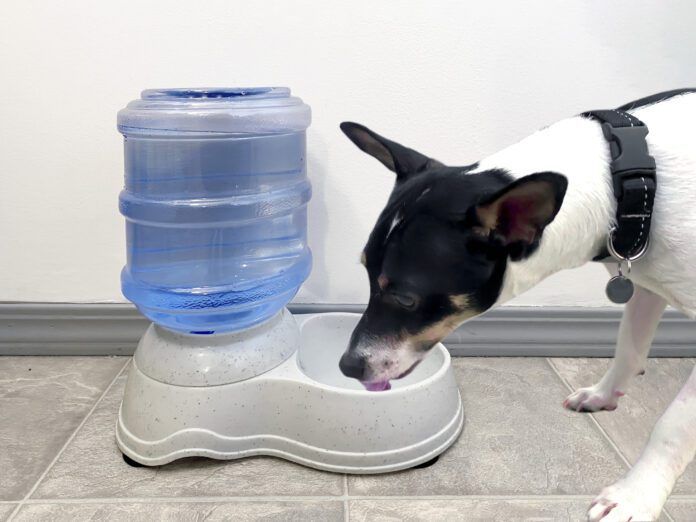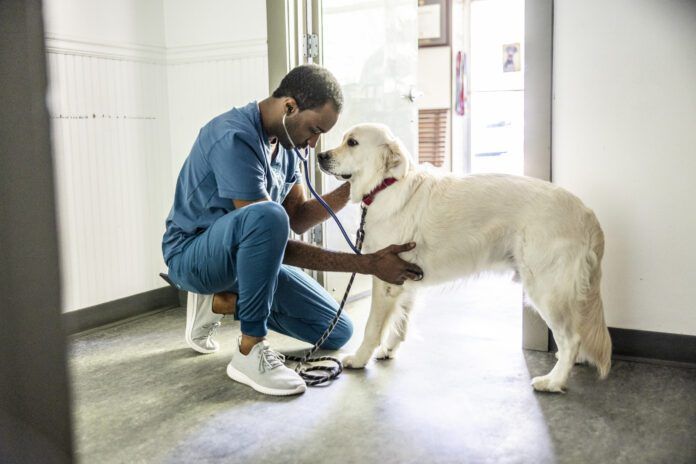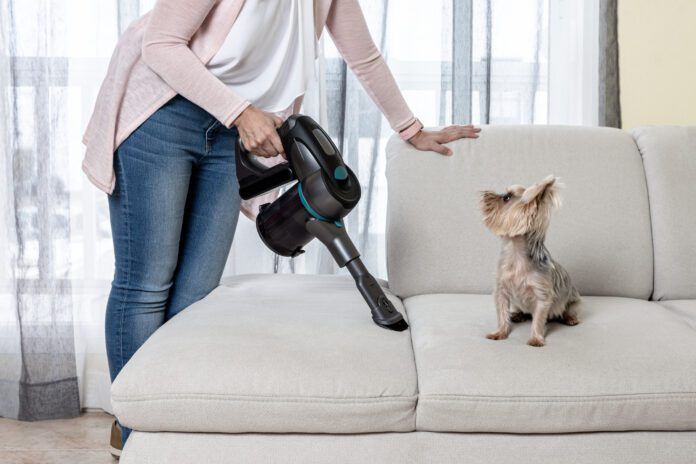Small breed dogs, which are dogs that weigh 20 lbs. or less, are wonderful companions, and we want to feed these dogs properly. While the Association of American Feed Control Officials (AAFCO) has not established nutrient recommendations specifically for small breed dogs, there may be some benefits to feeding your little dog a diet specifically formulated to target many of the issues small breeds face. When looking at labels for healthy dog foods for small dogs, consider these elements:
Small Dogs Burn More Calories. Small dogs have a higher mass-specific basal metabolic rate (BMR) compared to their large-dog counterparts. This means that, per pound, small dogs tend to burn more calories while at rest. A study published in Aging Cell found that Papillons have a mass-specific BMR that is over 50% higher than that of a Great Dane’s.
Calorie-Dense Foods Work Well for Small Dogs. Small dogs also tend to have a higher percentage of lean body mass compared to large dogs, which requires more energy to maintain. Because of this, small dogs require food that is calorically dense and high in easily digestible protein to not only help meet their increased energy requirements but also help maintain their lean muscle mass.
Optimal Levels of Healthy Fats Are Important Small Dog Foods. In addition to high-quality animal protein sources, small breed dog food should contain optimal levels of fats for sustained energy. Healthy fats, such as fish oil, chicken fat, and flaxseed oil not only provide a source of concentrated calories, but also support skin and coat health. The addition of L-carnitine to the small dog’s diet can also help with the maintenance of lean body mass by promoting efficient fat metabolism.
Probiotics Support Digestion. Additional probiotic supplementation in small dog food can help support healthy digestion, overall health, and vitality. When it comes to probiotics, consistency is key. By finding a diet that has probiotics already added, it ensures they are given daily. In addition to probiotics, prebiotic fiber provides a food source for beneficial bacteria in your dog’s gut. Ingredients such as inulin are an excellent source of this beneficial fiber.
Small Dogs Have a Longer Lifespan
One of the many benefits of small dogs is their long average lifespan, with some breeds living well into their late teens. However, their high metabolisms, combined with their increased age expectancy, can lead to greater oxidative stress.
This oxidative stress can have negative impacts on immune health, cellular function, and overall vitality. Including foods or ingredients rich in antioxidants to their diet, such as vitamin E, vitamin C, and beta-carotene, can help neutralize free radicals, reduce inflammation, and help support a strong immune system.
Additionally, taurine, an amino acid found in meat-based proteins, plays a crucial role in heart health, which is especially important for small breeds that may be predisposed to heart disease, such as Cavalier King Charles Spaniels, Maltese, Shih Tzus, Toy Poodles, and Chihuahuas.
With age comes the natural degradation of joints, so providing chondroprotective agents, such as omega-3 and omega-6 fatty acids, glucosamine, methylsulfonylmethane (MSM), and chondroitin can help keep small dogs mobile and comfortable for longer as they age. Omega-3 and omega-6 fatty acids have also been shown to help support cognitive health, which also tends to decline with age. Look for foods that have fish oil or marine microalgal oil added to the formula or consider adding a high-quality fish oil to your dog’s food as a supplement.
How to Choose the Best Dry Food for a Small Dog
So, with all of this in mind, how can you find food on the market that fits your little dog’s needs? Fortunately, many formulas are designed specifically for small breed dogs. These diets consider the small dog’s higher energy needs, smaller mouths, and potential health concerns.
When choosing the best dry food for small dogs, look for formulas that contain high-quality animal protein as the first ingredient, a healthy fat source, probiotics, antioxidants, and L-carnitine to support healthy metabolism and muscle maintenance. Additionally, a smaller kibble size ensures your dog can comfortably chew their food.
Some Whole Dog Journal recommended brands—including Orijen, Acana, and Diamond—offer small breed-specific recipes in a variety of proteins, allowing you to choose one that best suits your dog’s taste and dietary needs.
How to Choose the Best Wet Food for a Small Dog
For picky eaters, or senior dogs with dental concerns, wet food may be a better option. The stronger aroma and softer texture can make mealtime more appealing, especially for dogs that may have lost some of their appetite or struggle with hard kibble. Wet food also provides additional hydration, which is particularly beneficial for older dogs prone to kidney issues or urinary tract concerns.
The best wet food for small dogs will prioritize high-quality protein sources and incorporate ingredients to support overall wellness. Whole Dog Journal recommended brands such as Instinct, Canidae, and Stella & Chewy’s offer specialized small breed formulas that cater to different dietary preferences and nutritional needs.
Transitioning Your Small Dog’s Diet
Regardless of whether you choose dry or wet, it is important to transition your dog gradually to prevent gastrointestinal upset. A slow transition over seven to 10 days is recommended. This helps your dog’s system adjust smoothly and reduces the risk of diarrhea or stomach discomfort.
Small breed dogs may require more calories per pound than large dogs, but they are also at greater risk of becoming overweight or obese due to their small frames. Even a slight increase in bodyweight can have a significant impact on their overall health. Obese dogs, regardless of size, experience higher rates of cancer, osteoarthritis, diabetes, and shorter lifespans. It is essential to monitor portion sizes carefully, feed a balanced diet, and follow proper feeding guidelines provided by your veterinarian.
Providing proper nutrition tailored to the unique needs of small breed dogs can help ensure they live long, healthy, and active lives. Healthy food for small dogs is rich in high-quality proteins, healthy fats, antioxidants, probiotics, and joint-supporting nutrients can go a long way in maintaining their overall well-being. Ultimately, the best for your small breed dog will depend on their individual preferences, activity level, and any specific health concerns. Consulting your veterinarian and choosing a high-quality small-breed formula can help your little companion thrive for years to come.



